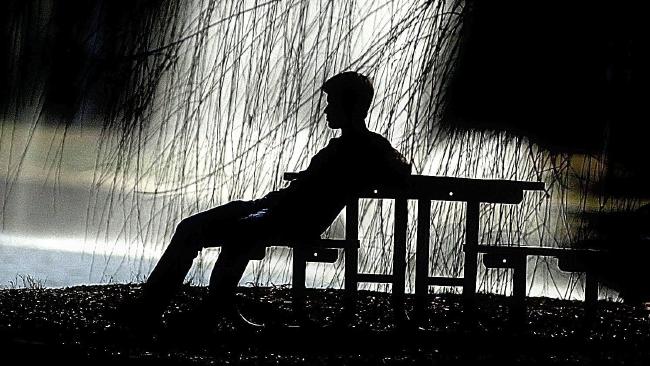
For the past four months, the Street Sheet team has been working hard on the Street Sheet’s first ever Youth Issue, an issue created for and by the homeless youth of San Francisco. We’ve worked closely with youth ambassadors from Larkin Street Youth Services’ Youth Advisory Board, Zak Franet and Anubi Daugherty, who have helped fill these pages with their own writing as well as outreach to other young people. Lovingly filled with powerful poetry, compelling personal stories, and fierce artwork, the Youth Issue brings light to the tremendous challenges that youth face in the city, while also demonstrating the daily resistance and power of young people.
Every year, more than two million young people in America will experience homelessness. Most of these young people face physical, sexual, or emotional abuse from parents or guardians at home. Often times, running away from home is the only choice that young people have to escape the abuse and violence. Here are some common reasons that youth become homeless:
Family issues
Many youth run away due to the abuse they may face in the family, particularly due to homophobia—40 percent of all homeless youth identify as LGBTQ+. Other times, families might ask youth to leave because they aren’t able to meet their mental or physical health needs or because they’re unable to care for them.
Transitions from foster care and other public systems
Youth who are in foster care are much more likely to become homeless and remain homeless for a long period of time. When youth age out of the foster care system or other public institutions, they often do not have anywhere to go and end up on the streets.
Economic issues
When families fall into financial crisis and lose their housing, youth become homeless with their families. However, they may find themselves separated from their families or living on the streets alone because of shelter or child welfare policies.

Here in San Francisco, there are over 1,400 homeless youth, which the City defines as unaccompanied children (under 18) and transitional-age-youth (18-24). According to the 2017 San Francisco Point-in-Time Count, the majority of these young people are living unsheltered. In fact, 93 percent of unaccompanied children and 80 percent of TAY youth have no shelter. Most youth were living in San Francisco or California before they became homeless.
Homeless youth face an incredible amount of challenges. Young people experiencing homelessness have a harder time accessing services, including shelter, medical care, and employment due to the stigma of their housing situation, lack of knowledge about available resources, and a dearth of services directed towards young people. Indeed, youth homelessness is highly stigmatized. So says Collette Auerswald, the main author of a UC Berkeley study of homeless youth living in San Francisco. The study, published last year, found that San Francisco’s homeless youth are at ten times higher risk of death than their peers.
Homeless youth are often forced to engage in sex in order to survive. Twenty eight percent of youth living in the street and 10 percent living in the shelter engage in “survival sex” in exchange for food, shelter, protection, or money. Many do so out of necessity to survive day to day. They are also at high risk of being trafficked for sex.
In addition to the overall lack of youth services, there is a lack of youth shelters. In San Francisco, there is are only two youth-specific shelter, both run by Larkin Street Youth Services: the Diamond Youth Shelter, for ages 14 to 17 and the Lark Inn, which serves TAY youth. The number of beds is sparse at each shelter; Diamond only has fifteen beds, while the Lark Inn has 40, which, compared to the number of homeless youth in the city, can only serve 4.6 percent of the homeless youth population. Many youth refuse to go to adult shelters, which can be dangerous and frightening environments, and instead choose to sleep outside.
Despite the challenges that homeless youth face, there is also deep resiliency, determination, kindness and beautiful relationships that are built on the streets. These young people are incredible artists, poets, orators, students, and activists. As we begin to think about solutions to youth homelessness, we must always center youth voices. Young people who have experienced homelessness are the experts. And we must listen.

